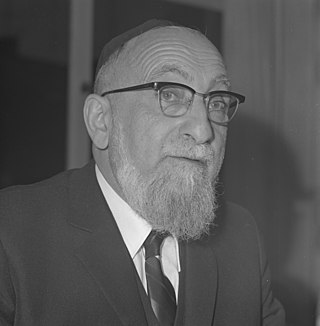
Justus Lipsius was a Flemish Catholic philologist, philosopher, and humanist. Lipsius wrote a series of works designed to revive ancient Stoicism in a form that would be compatible with Christianity. The most famous of these is De Constantia. His form of Stoicism influenced a number of contemporary thinkers, creating the intellectual movement of Neostoicism. He taught at the universities in Jena, Leiden, and Leuven.

Nicolaes Maes was a Dutch painter known for his genre scenes, portraits, religious compositions and the occasional still life. A pupil of Rembrandt in Amsterdam, he returned to work in his native city of Dordrecht for 20 years. In the latter part of his career he returned to Amsterdam where he became the leading portrait painter of his time. Maes contributed to the development of genre painting in the Netherlands and was the most prominent portrait painter working in Amsterdam in the final three decades of the 17th century.

Nicolaes Pieterszoon Berchem was a highly esteemed and prolific Dutch Golden Age painter of pastoral landscapes, populated with mythological or biblical figures, but also of a number of allegories and genre pieces.

David Vinckboons was a Dutch Golden Age painter born in Mechelen, Southern Netherlands. Vinckboons, whose name is often spelled as Vingboons, Vinghboons, Vinckebonis or Vinckboom, had at least ten children. His sons were the cartographer and watercolourist Johannes and the architects Justus and Philip. Vinckboons himself died in Amsterdam.

Zorgvlied is a village in the Dutch province of Drenthe. It is a part of the municipality of Westerveld, and lies about 23 km west of Assen.
Events from the year 1625 in art.
Events from the year 1689 in art.
Philips Vingboons was a Dutch architect. He was part of the school of Jacob van Campen, that is, Dutch Classicism. Vingboons was especially highly regarded in his native city of Amsterdam.

Justus Vingboons was an Amsterdam architect. He was the brother of the better-known architect Philips Vingboons. Like his brother, Justus built in the "Dutch Classicism" style.

Adriaen Maertensz Block was successively captain, commander, and governor of Ambon between 1614 and 1617, administrator of the Council of the Indies for the Kamer of the Dutch East India Company in Amsterdam (VOC) in Batavia.

Museum van de Geest was created in 2020 when Het Dolhuys, the national museum for psychiatry in Haarlem, the Netherlands, merged with the Outsider Art Museum from Amsterdam. Het Dolhuys had been founded in 2005 in the newly renovated former old-age home known as Schoterburcht, located just across the Schotersingel from the Staten Bolwerk park.

Justus van Maurik, was a Dutch author and cigar maker. He was the grandson of Justus van Maurik Sr.

Rabbi Levie "Lou" Vorst was a Dutch rabbi of Rotterdam from 1946 to 1959 and chief rabbi from 1959 to 1971.

Justus van Huysum, also spelled Huijsum, was a Dutch Golden Age painter.

Abraham de Verwer, was a Dutch Golden Age painter of cityscapes, (river) landscapes and seascapes.

Jan van Pee, was a Dutch Golden Age art dealer and genre painter.

Lambert ten Kate was a Dutch linguist. Specialised in comparative historical linguistics, he was also a well-known art collector.

Adriaen Verwer was a Dutch Mennonite merchant, scholar, philosopher and linguist. He wrote books on language, religion and maritime law. He is best known for his grammar Linguae Belgicae, published anonymously in 1707. He is often regarded as the linguistic mentor of his younger friend Lambert ten Kate.

Adriaan Kluit was a Dutch scholar, important in Dutch linguistics. He was born in Dordrecht. He was rector of the Latin school in Alkmaar and Middelburg. In 1779 he became the professor of history at the University of Leiden, remaining there until his death.

The Raamgracht is a canal in central Amsterdam that runs from the Kloveniersburgwal to the Zwanenburgwal. The Groenburgwal, Verversstraat and Zanddwarsstraat lead to the Raamgracht. Bridge 225 over the canal is beside the Kloveniersburgwal, and Theo Boschbrug over the canal is beside the Zwanenburgwal.

















